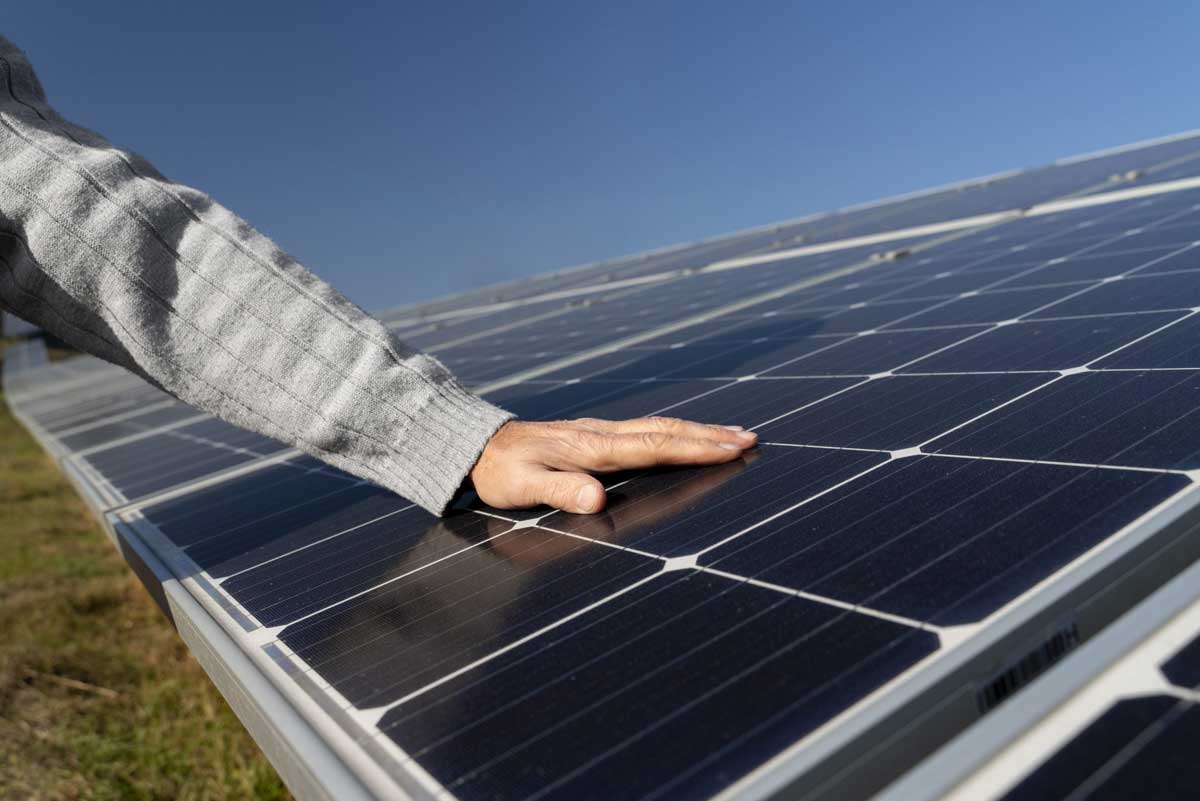
Wind Energy: Benefits, Challenges, and Future Prospects
For over 1,300 years, windmills have harnessed wind power for mechanical applications. Today, modern wind turbines equipped with advanced generators and aerodynamic blades have transformed wind energy utilization. By efficiently converting kinetic energy into electricity, wind power has gained increasing significance in the commercial and industrial (C&I) sectors, emerging as one of the fastest-growing renewable energy sources worldwide.
Wind Energy in India
As of January 2025, India’s total installed renewable energy capacity has reached 209.44 GW, reflecting a remarkable 15.84% growth from 180.80 GW in December 2023. The country added 28.64 GW of new capacity in 2024, a 119.46% year-on-year surge compared to the 13.05 GW installed in 2023. Wind energy played a pivotal role in this expansion, with 3.42 GW of additional capacity installed in 2024, bringing India’s total wind energy capacity to 48.16 GW—marking a 7.64% increase from the previous year.
Key Advantages of Wind Energy
Wind power offers numerous benefits, making it a preferred choice for sustainable electricity generation. Researchers continue to explore innovative ways to maximize its potential for society and the environment.
1. Renewable and Clean Energy Source
Wind energy is an unlimited resource that provides an environmentally friendly alternative to fossil fuels. Unlike coal, oil, or natural gas, wind power generates electricity without emitting greenhouse gases or pollutants, significantly reducing our carbon footprint and promoting a cleaner future.
2. Abundant and Accessible
Wind energy can be harnessed in various locations worldwide, with both onshore and offshore wind farms capitalizing on different wind conditions. Technological advancements have enabled turbine installations in areas with lower wind speeds, expanding accessibility and energy generation potential.
3. Cost-Effective Over Time
The cost of wind energy has declined considerably over the years due to advancements in turbine technology, manufacturing efficiency, and economies of scale. Once a wind farm is operational, maintenance and operational expenses remain relatively low, ensuring long-term economic benefits.
4. Job Creation and Economic Growth
The wind energy sector generates employment opportunities in manufacturing, installation, maintenance, and research. Wind power projects contribute to economic development in rural areas by attracting investments, increasing land value, and improving infrastructure. Additionally, they generate tax revenues that benefit local communities.
5. Energy Security and Independence
By investing in wind power, countries can reduce their dependence on fossil fuels, enhancing energy security. Since wind energy is locally sourced, it minimizes exposure to volatile fuel prices and geopolitical uncertainties.
6. Scalability and Advancing Technology
Modern wind turbines are highly scalable, ranging from small units for residential use to large offshore farms supplying electricity to entire cities. Innovations in turbine design, energy storage, and smart grid integration are continuously improving wind energy’s efficiency and reliability.
Challenges of Wind Energy
Despite its advantages, wind energy faces several challenges that must be addressed for broader adoption.
1. Intermittency and Variability
Wind power generation depends on wind availability, which fluctuates throughout the day and across seasons. This variability can create challenges in balancing power supply and demand. Solutions include advancements in energy storage, improved grid management, and hybrid renewable energy systems.
2. Land Use and Visual Impact
Onshore wind farms require significant land, sometimes leading to conflicts over land use, especially in densely populated areas. Additionally, wind turbines alter landscapes, and some communities oppose them due to their aesthetic impact. While offshore wind farms mitigate this concern, they involve higher installation and maintenance costs.
3. Infrastructure and Grid Integration
Wind farms are often located in remote areas with optimal wind conditions, necessitating extensive transmission infrastructure to deliver electricity to urban centers. Upgrading and expanding the power grid to integrate variable wind energy is both costly and complex. Smart grid technologies and decentralized energy solutions can help address these issues.
4. High Initial Investment
Although wind power leads to long-term cost savings, the upfront capital required for wind farm development, turbine installation, and grid infrastructure can be substantial. However, financial incentives, government policies, and declining technology costs are making wind energy investments increasingly viable.
The Future of Wind Energy: Innovations and Growth
Despite these challenges, wind energy is advancing rapidly, driven by technological innovations and a global shift toward sustainability. Key developments shaping the future of wind power include:
- Floating Offshore Wind Farms – Expanding wind power capacity by installing turbines in deeper waters, unlocking vast untapped potential.
- Advanced Energy Storage Systems – Enhancing battery storage to store excess wind power for use during low-wind periods, improving energy reliability.
- AI and Predictive Maintenance – Utilizing artificial intelligence to optimize turbine efficiency, reduce downtime, and lower maintenance costs.
- Hybrid Renewable Energy Systems – Integrating wind power with solar, hydro, and other renewables to ensure a stable energy supply.
A Sustainable Future with Wind Energy
Wind energy is a crucial pillar of the global transition to clean power. Its sustainability, economic benefits, and potential to strengthen energy security make it a vital part of the renewable energy mix. While challenges like intermittency, land use, and infrastructure remain, ongoing innovation and strategic planning can overcome these barriers.
Wind Energy at Amplus
Amplus Solar has expanded into the wind energy sector with its first hybrid Wind & Solar Project—Project Shiva—located in Tuticorin, Tamil Nadu. This project has a total capacity of 180 MW, comprising 108 MW of wind power and 72 MW of solar power.
Amplus is also developing additional wind projects in Karur, Tamil Nadu, further strengthening India’s wind power infrastructure and contributing to a cleaner energy future. Our dedication to advancing renewable energy solutions ensures reliable and efficient power for the C&I sector.
Ready to Harness Wind Power?
Partner with Amplus to power your business with sustainable wind energy.
📞 Contact us today to explore wind energy solutions tailored to your needs!
